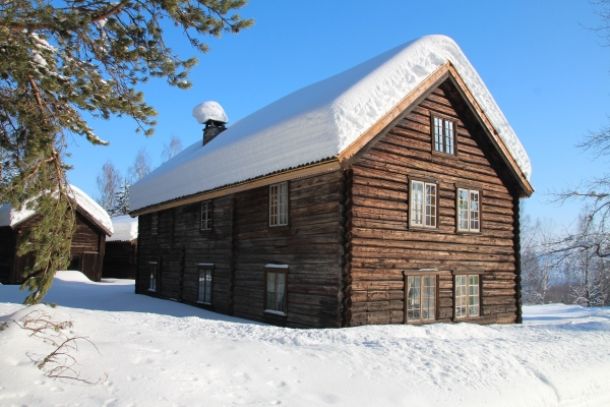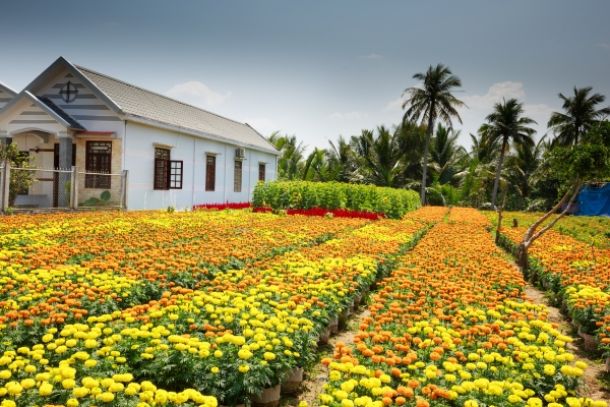Sustainable Innovations in Modern Wooden Home Design
Sustainable Innovations in Modern Wooden Home Design
The future of wooden home design is being redefined by a commitment to sustainability and innovation. Modern wooden homes not only offer the natural warmth and beauty of timber but also integrate cutting-edge technologies and eco-friendly practices that enhance energy efficiency, reduce environmental impact, and provide a comfortable living environment. In this article, we explore the latest sustainable innovations in modern wooden home design, focusing on materials, construction techniques, and design strategies that are revolutionizing the industry.
Introduction
Wooden homes have long been celebrated for their timeless appeal and natural insulation properties. Today, however, the demands of modern living and environmental consciousness are pushing architects and builders to incorporate sustainable innovations into every aspect of wooden home construction. From the selection of eco-friendly materials to the integration of renewable energy systems and smart home technologies, sustainable wooden home design is evolving to meet the needs of a greener future.
Eco-Friendly Materials and Sustainable Sourcing
Certified and Reclaimed Timber:
A cornerstone of sustainable wooden home design is the use of responsibly sourced timber. Opting for certified wood from organizations such as the Forest Stewardship Council (FSC) ensures that the material is harvested in an environmentally and socially responsible manner. Additionally, reclaimed wood offers a unique aesthetic while reducing the demand for new resources. Reclaimed timber carries a history and character that new wood often cannot match, making it an excellent choice for creating a warm, authentic atmosphere.
Innovative Insulation Materials:
While wood is a natural insulator, modern designs often incorporate additional insulation materials that boost energy efficiency. Recycled cellulose, sheep’s wool, and cork are gaining popularity as sustainable options. These materials not only improve thermal performance but also have a lower environmental footprint compared to conventional insulation products. Using these eco-friendly options helps maintain a comfortable indoor climate while reducing energy consumption.
Low-VOC Finishes and Adhesives:
Finishes, stains, and adhesives used in wooden home construction can significantly impact indoor air quality and the environment. Low-VOC (volatile organic compound) paints, sealants, and adhesives minimize harmful emissions and create a healthier living space. Choosing these environmentally friendly products is an essential step in building a truly sustainable home.
Energy-Efficient Design and Passive Solar Strategies
Optimized Building Orientation:
The design of a sustainable wooden home should begin with an understanding of the local climate and sun path. Orienting the home to maximize natural light and passive solar heating in the winter, while minimizing overheating in the summer, can drastically reduce the need for artificial heating and cooling. Large, energy-efficient windows positioned on the sun-facing side of the house can capture natural warmth and light, contributing to a lower energy bill and enhanced comfort.
Thermal Mass and Ventilation:
Incorporating materials with high thermal mass—such as stone or concrete elements—can help regulate indoor temperatures by absorbing heat during the day and releasing it at night. Coupled with advanced ventilation systems, such as heat recovery ventilators, these strategies ensure that the home maintains optimal air quality and temperature with minimal energy input.
Renewable Energy Integration and Smart Technologies
Solar and Wind Energy Systems:
A sustainable wooden home design often includes renewable energy sources. Solar panels, integrated into the roof design, can generate a significant portion of the home’s energy needs. In regions with consistent wind patterns, small wind turbines can be added to complement solar power. These renewable energy systems reduce reliance on fossil fuels, lowering the home’s carbon footprint and contributing to long-term energy savings.
Smart Home Energy Management:
Modern wooden homes are increasingly being equipped with smart energy management systems. These systems monitor energy usage in real time and adjust settings automatically to optimize efficiency. By integrating smart thermostats, automated lighting, and sensor-driven climate control, homeowners can achieve a seamless balance between sustainability and convenience.
Modular and Prefabricated Construction Techniques
Benefits of Modular Design:
Modular construction is emerging as a sustainable alternative that reduces waste and construction time. Prefabricated modules are built in controlled environments where precision is maximized, and material waste is minimized. These modules can then be assembled on-site, resulting in faster construction times and reduced overall environmental impact. Modular construction also allows for easier future modifications or expansions, ensuring that the home remains adaptable to changing needs.
Hybrid Construction Approaches:
Combining traditional timber framing with modern prefabricated elements creates a hybrid construction method that leverages the best of both worlds. While handcrafted joinery retains the natural charm and authenticity of wood, prefabricated panels and components enhance precision and reduce labor. This balanced approach results in a home that is both sustainable and aesthetically pleasing.
Innovative Design Concepts and Aesthetics
Blending Tradition with Modernity:
Sustainable wooden home design is not only about functionality but also about aesthetics. Innovative design concepts now blend the rustic beauty of timber with sleek, modern lines to create spaces that are both warm and contemporary. Open floor plans, minimalistic interiors, and the integration of natural light contribute to an environment that feels both timeless and modern.
Customized, Adaptive Spaces:
Modern design emphasizes flexibility and personalization. Creating spaces that adapt to different functions—such as multi-use rooms and open layouts—allows homeowners to make the most of every square foot. Custom built-ins, modular furniture, and adaptable storage solutions enhance both the beauty and functionality of the home, ensuring that it meets the needs of a modern lifestyle.
Conclusion
Sustainable innovations in modern wooden home design are paving the way for a new era of construction that harmonizes tradition with technology. By utilizing eco-friendly materials, optimizing energy efficiency, integrating renewable energy, and adopting modern construction techniques, builders can create wooden homes that are both environmentally responsible and aesthetically stunning. As the demand for sustainable living grows, these innovations will continue to shape the future of wooden home design, offering a pathway to a greener, more efficient way of living. Embrace these trends and transform your wooden home project into a model of modern sustainability.


